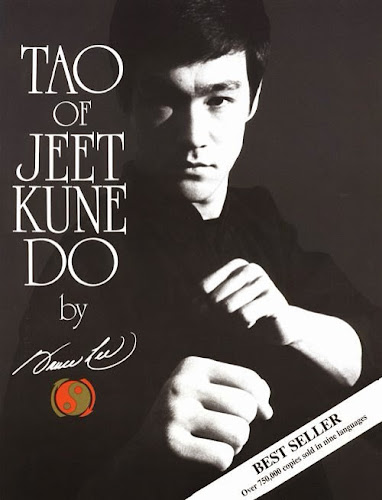Todat I'd like to explore a video where Yamashima sensei uses ikkyo to illustrate some Aikido principles.
Here's the video:
What I take from studying this technique by Yamashima sensei:
"Attack" means to do a subtle attack with the free hand and use the hip joint to do so. He doesn't use muscle strength but rather his hips to control his hand movements.
"Relax" means to not use stiff force or push and pull when doing the movements. When relaxed a better connection is made between your hands and your hip joints. Also uke's movement is better felt.
"Slow" means to not rush the movements but to move and practice slowly because structure and technique are felt more easily.
A few things I see and try to work on myself.
- Yamashima use his hands, powered by his hip joints, while in front of his center. This way he's able to use his hips to full effect.
- Subtle use of balance points like mae and sumi otoshi.
- Free hand attacks from underneath towards hara and centerline uke.
- He uses soft touch with his fingers to control uke's center, not uke's arms.
- Many times, one hand is used as opposed to the common line of thinking when doing ikkyo.
Ikkyo is receiving force and redirecting it when center to center contact has been made. No forcing of arm movements but rather a subtle use of hips and hands. I believe the the main principle which can be studied when performing Yamashima sensei version of Aikido.
Enjoy practice.


















